I hope that you know where your electrical meter is and are now recording daily or bi-daily readings. Today we’ll look over an electric bill to see how much each kilowatt is costing you and establish your baseline usage. We will also discuss different types of billing.
Cost Per Kilowatt Hour
If you have it, pull out your most recent electric bill. If it is not available you may have to spend some time on the telephone or internet getting the information you need.
Before doing the math, take a good look at your electric bill. Our current energy supplier provides the following information for us on each bill. Our last supplier did not, and we had to figure it out ourselves.
1) How many kilowatts I used last month: _________
2) How many days were in the billing period: ___________
3) Total cost of electric bill: __________
Take the number of total kilowatts (1) and divide it by the number of days in the billing period (2). This is how many kilowatts you used each day last month. Now take the total cost of the electric bill (3) and divide it by the total kilowatts you used last month. This is your price per kilowatt. To establish your price per day, take the total amount of the bill and divide it by the number of days in the billing period.
What is your price per kilowatt? _______
What is your price per day?________
How many kilowatts do you use a day?______
How many kilowatts do you use a month?______
Great job! Establishing where you are at now will make it easier to see how much you’re saving each day!
"Standard Rate" Vs. "Time of Use" Bills
Now we are going to look at two different bills, a Standard Rate bill and a Time of Use bill.
Standard Rate Bill
Because there are so many cost factors added to your electrical bill each month (system access, distribution, power plant securitization, and more) I like to look at the total of the entire bill to figure cost of kilowatt. By the time all the charges are added the kilowatt cost is .24 per kilowatt on this bill.
Time Of Use Bill
In researching different ways I could lower my electric bill, I came across Time of Use rate. I had always heard that doing your laundry or cooking in the off times would help lower the bill. I never understood this, because my whole life we had always had standard rate. There were no "on and off" times. It was a mystery to me. Was the Time of Use rate even available for our family?
I googled my electric company name with the words “Time of Use”, and was directed to just a couple paragraphs that explained the differences in each rate; standard and time of use. The website said, “You no longer have to qualify to use time of day rate. Anyone is eligible”. I’m guessing prior to this, one had to use a certain amount of energy to qualify. I started getting excited.
I called the company. I told them I’d like to try the Time of Use rate. The representative told me, based on my current usage, that it would only save us $5.00 a month. $5.00 a month is $5.00 a month. I told her I’d like to do it. In winter months, October-April (long winter right? Well, it is Michigan) my kilowatt charge during on-peak times (from 11:00 am – 7:00 pm Monday – Friday, excluding holidays) would be $0.095 per kwh, and in off peak hours 7 pm-11:00 am it would be $0.08. Yeah, you read that right; only 1 ½ cent difference between on-peak and off-peak. But get this- during summer months, on-peak times would be $0.12 and off-peak times $0.07 per kwh. A FIVE cent difference!
Here’s the catch. I had to sign up for one year. If I couldn’t convert most of my usage to the off-peak times, I could end up paying more for my electric bill. I could lose money. But if I didn’t try it I would never know. I said “yes” for a year.
The representative said they would be out to change the meter – because my old meter would not work. Bonus! I got to have a new meter! I know this probably would not excite you like it did me. But did you read my thoughts during last week's post on meters? Boy, that old meter was hard to read (left to right, lowest number except between 9 and 0 ….) and I couldn’t even ask the kids to read it for me because they never got it right, and I would end up checking it myself.
A new digital meter would be so, so……..fancy! When it arrived with 0000 kwh, I was beside myself with awe. How much easier could this get? The only hard part was when it started at 0000 kwh, and it was difficult to watch it go up because it will never be 0000 again.
A Small Misunderstanding
Not all was smooth sailing. I did end up to calling the electric company to ask about the numbers the first time we read it. One of the kids read 040916 one day, and then 041016 the next day. What ?!?! 100 kwh in a day?!? What was going on? I called the company in distress. Was my meter broken already? It was also flashing different numbers after the first number. She had to look it up. Then she proceeded to tell me what each flash was and how there was a number corresponding to the number being read. Oh, gee whiz! What a relief. We had been reading the date, not our energy usage.
On the bill below you’ll see energy with the amount of kilowatts used on “on peak” time and “off peak” time.
*The two bills pictured are on two separate properties. One unoccupied, thus the 2 kwh per day on the standard rate bill.
Stay tuned for Part 3!
*****
Note from Bethany: What I love about using off-peak hours for electricity is that it's not a sacrifice. Changing from standard rate to Time of Use does NOT require you to use less electricity. It only requires rearranging the schedule a bit.
Frugal Electric was able to save $5.37 during the month of June, by using electricity during off-peak hours. This is a savings that will keep going month after month, with no additional effort on her part. I call it "passive savings". She made a few phone calls, figured out a system for using electricity between 7:00 pm and 11:00 am, and now the $5.00/mo. savings will happen automatically.
Contrast this "passive savings" with line drying clothes. In order to save $5.37, you would have to hang out 11 loads of laundry per month. If it takes 15 minutes per load, that means you'll end up working an extra 2.75 hours every month to save the same $5.37.

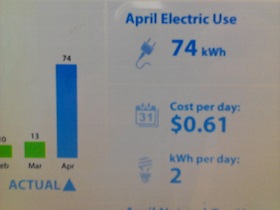

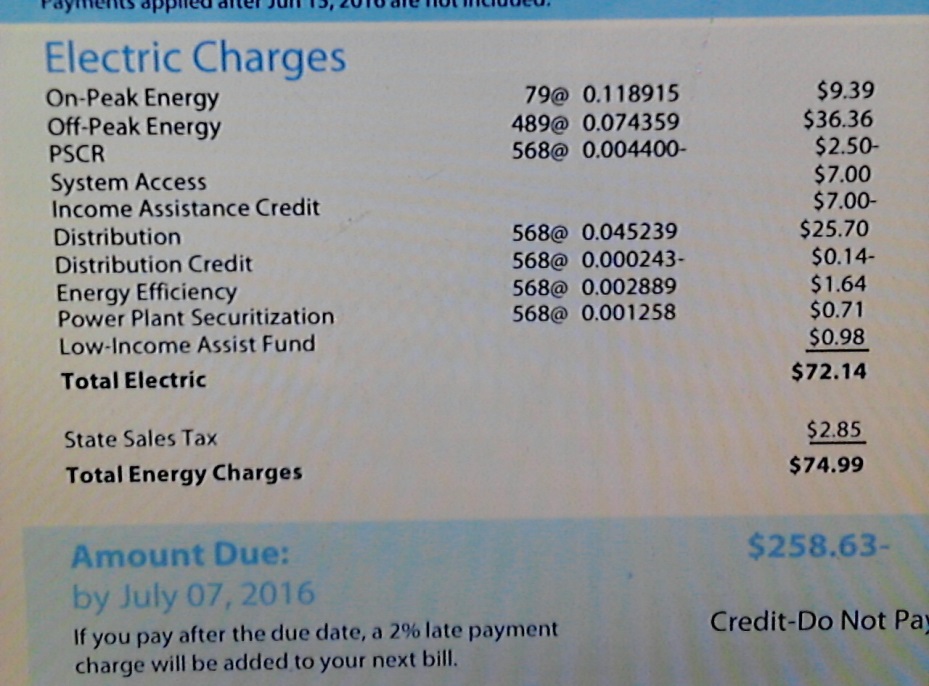


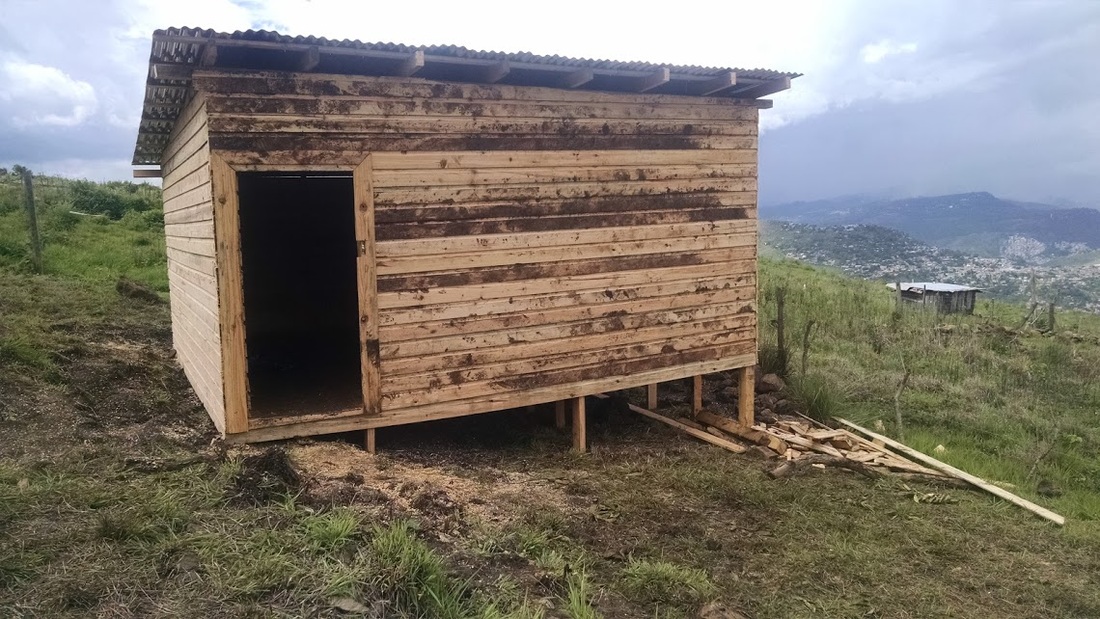









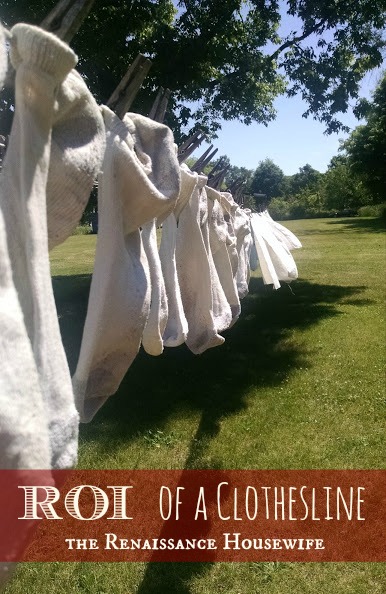

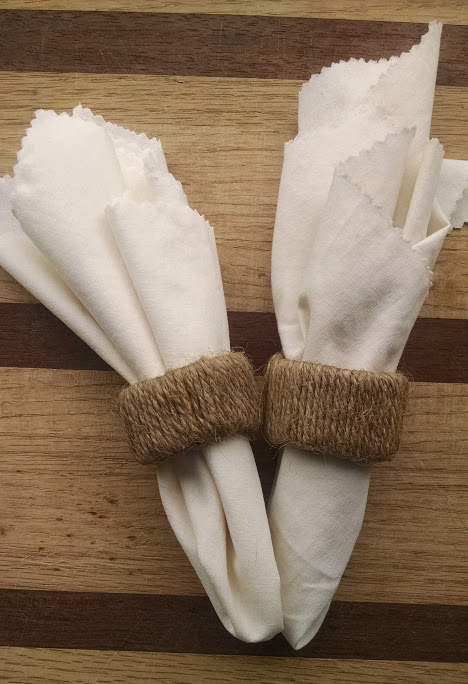

















 RSS Feed
RSS Feed





